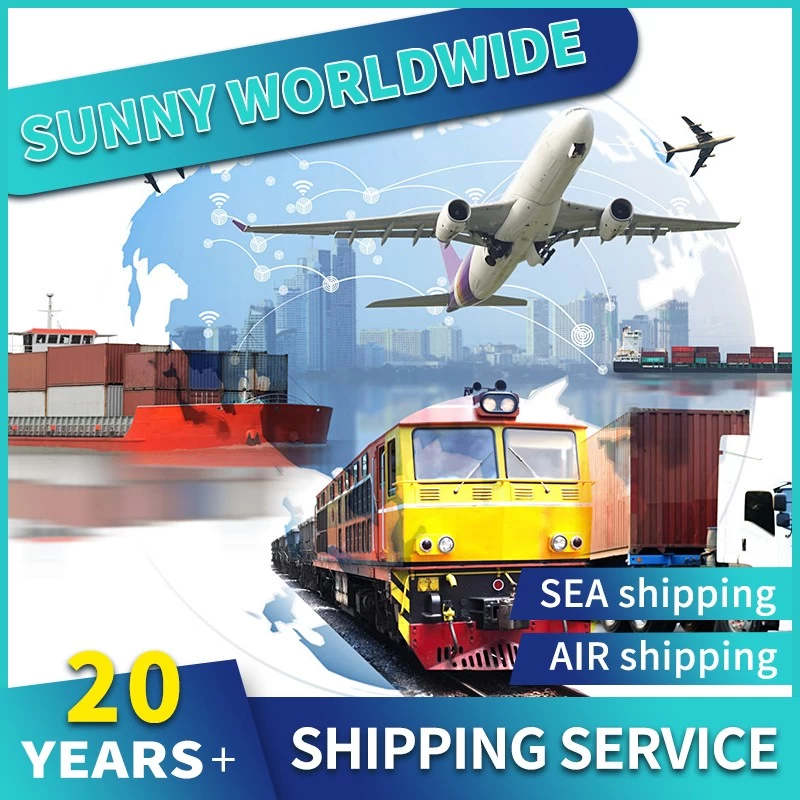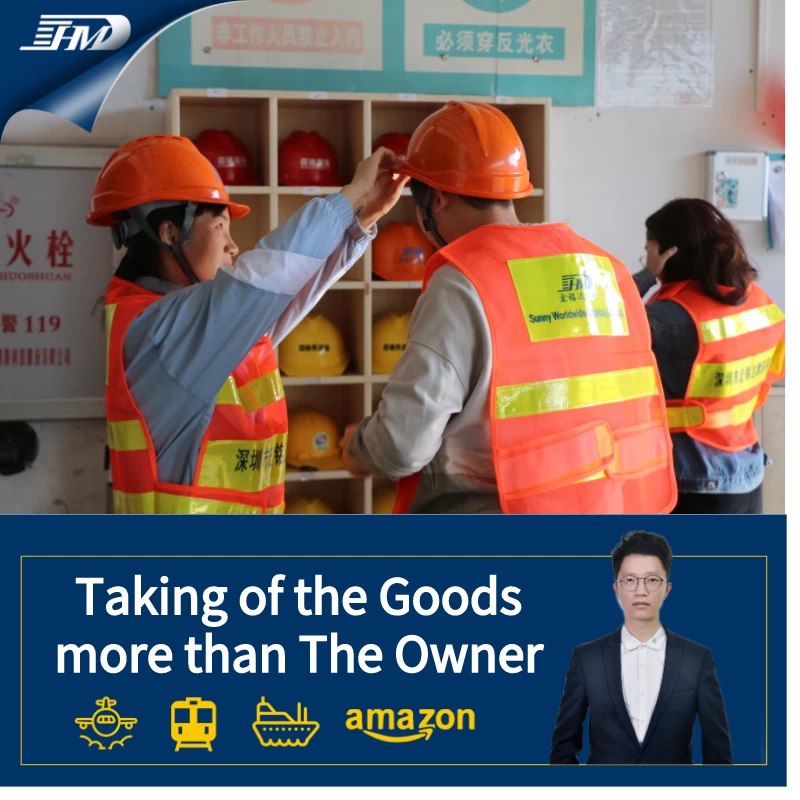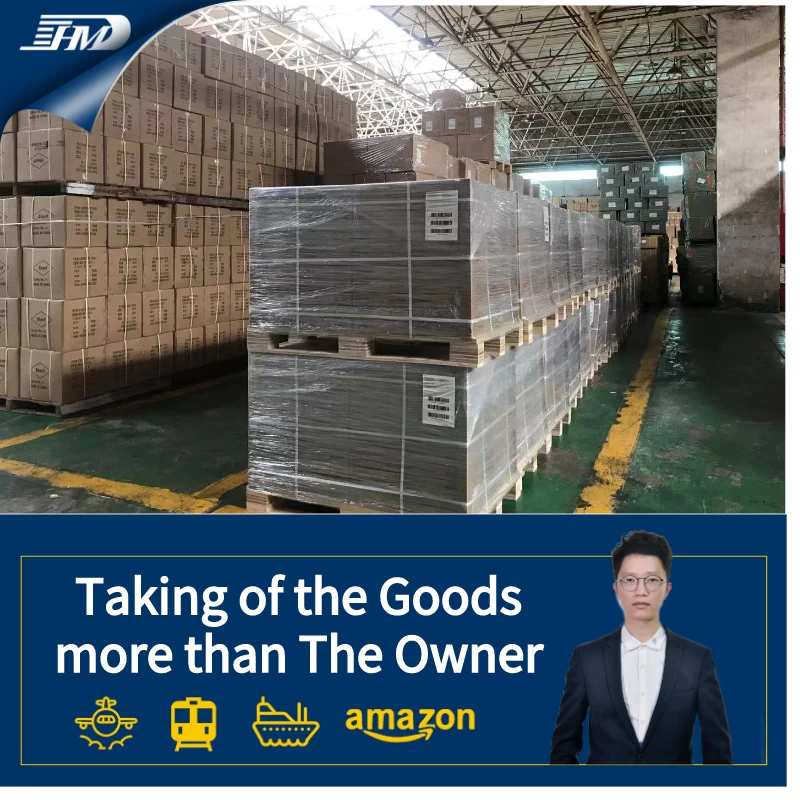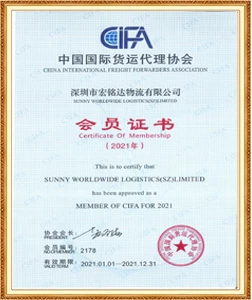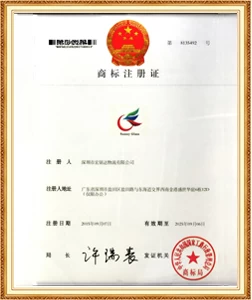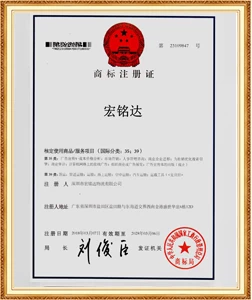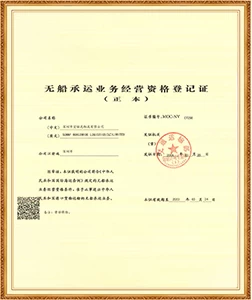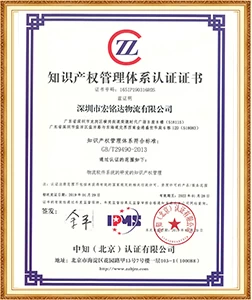European port congestion
Sunny Worldwide LogisticsIt is a logistics company with more than 20 years of transportation experience, focusing on European, American, Canadian, Australian, Southeast Asia and other markets, and is more than the owner of the cargo owner~

According to real-time monitoring data, the density of ships outside the anchorages in the Port of Rotterdam has surged compared with usual days, and the density of ships outside the Port of Rotterdam has surged by 300% compared with usual days, and the distance between ships in some areas is less than 1 nautical mile. A super-large container ship "Mediterranean Aisha" from Ningbo, China has been drifting in the North Sea, waiting for berths for 48 hours.
What’s more serious is that congestion is forming a chain reaction: Hamburg Port has suspended the reception of imported refrigerated boxes due to saturation of the yard; Antwerp Port’s railway transportation system is paralyzed due to strikes, resulting in the inland transportation delay rate soaring to 65%.
Previously, local time, on June 25, local time, nearly 50 ships suffered delays outside Antwerp due to strikes by local pilots.
Caesar Luikenaar, Managing Director of Wec Line of Dutch Shipping, “All large hubs are operating at full capacity. Many important ports in Europe are operating at maximum loading and unloading.”
Albert van Ommen, CEO of Dutch logistics company Europe-rijn Group, believes the congestion is the worst since the epidemic. , he believes that the congestion is the worst since the epidemic.
3 to 5 days. "When we use barges to collect containers, the barges cannot be loaded on time because the ships shipped are not on time. Ultimately, the time for customers and end users to receive the goods will be delayed."
Causes of congestion
In fact, since late March, major European ports have been blocked due to labor shortages in European ports, the strike on the Antwerp port, the decline in the Rhine water level, and the rising risk of the Red Sea channel. There have been congestion in major European ports.
The waiting time for berths in Bremen, Germany increased by 77%, delay time in Antwerp increased by 37%, delay time in Hamburg increased by 49%, and waiting time in the port of Rotterdam and the port of Felixto, England also increased by 77%. The waiting time for the port of Rotterdam and the port of Felixstowe in the United Kingdom has also been extended.
However, with the "tariff limit" set by Trump for Europe on July 9, major ports that were already congested in Europe have become even more congested. The major ports in Europe, which were already congested, were even more congested. The major ports in Europe, which were already congested, were even more congested.
Rapid changes in tariffs have forced container shipping companies to change their shipping networks to accommodate the rapidly changing global trade flows. , to adapt to the rapidly changing global trade flows.
Meanwhile, Asian goods, also affected by Trump's tariffs, had to expand the European market instead, with European port imports surged by about 7%.
Therefore, European ports have suffered double attacks: on the one hand, they must receive Asian goods with a sharp increase in container volume, and on the other hand, they must speed up the delivery of export goods to the United States by July 9.
The superposition of many factors has caused the current dilemma of European ports.





